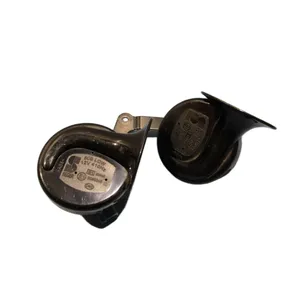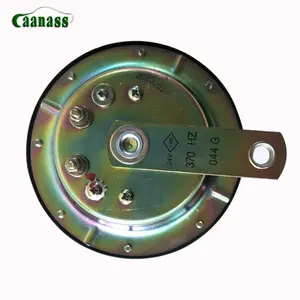
BAINEL High Low Tone Horn For TESLA Model Y OE 1716494-00-A ORIGINAL


Caanass Guangzhou Hot Sale Bus Spare Parts Air Pressure Horn Use For Zhongtong City Bus Accessories Bus Air Horn 24V Body Part





















Blow air horns are a distinctive category of signaling devices, known for their robust sound output and wide-ranging applications. These horns utilize compressed air to emit a loud, clear tone, capable of cutting through ambient noise. The blow air horn is not just a singular product but encompasses a variety of designs, materials, and functionalities tailored to diverse requirements.
The construction of air horns can vary significantly, with materials such as ABS, plastic, and metal being the most common. ABS horns offer durability and resistance to impact, making them suitable for rugged environments. Plastic variants are lightweight and cost-effective, while metal air horns are sought after for their longevity and classic sound quality. Each material brings its own set of advantages, catering to different user preferences and application scenarios.
Blow air horns serve a multitude of purposes across various sectors. In the automotive industry, they are essential for signaling and safety measures. Maritime activities often rely on these horns for navigation and communication at sea. Sports events, emergency services, and public announcements also utilize these horns to capture attention and convey messages effectively.
The features of a handheld air horn include portability and ease of use, making them ideal for personal safety or sporting events. Fixed air horns, on the other hand, are designed for permanent installation and are commonly used in marine and industrial settings. The primary advantage of using a loud air horn is its ability to deliver a high-decibel sound, which is crucial for emergency situations where immediate attention is required.
Selecting the appropriate blow air horn involves considering the environment in which it will be used, the volume required, and the specific application. For instance, a marine air horn must be resistant to corrosion and capable of functioning in wet conditions. In contrast, a horn for a sports event may prioritize ease of use and portability over environmental resistance.
While the functionality of air horns is paramount, it is also essential to consider environmental and safety aspects. Users should ensure that the sound levels are within permissible limits to prevent hearing damage and comply with local noise regulations. Additionally, the choice of materials can have an environmental impact, with some users preferring eco-friendly options.